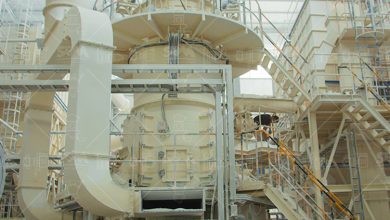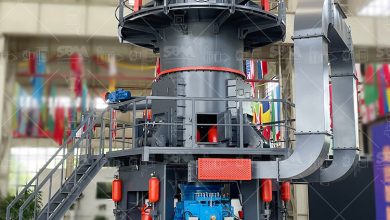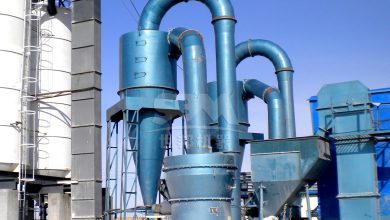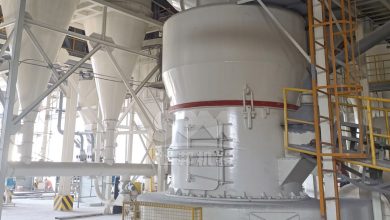How to Choose the Right Mill Liner Material and Determine Replacement Intervals
Introduction
Mill liners play a critical role in protecting grinding mills from wear and tear while optimizing grinding efficiency. Selecting the appropriate liner material and determining optimal replacement intervals are essential for minimizing downtime and maximizing operational efficiency. This article provides a comprehensive guide to these decisions, with insights from ZENITH’s 30+ years of experience in mining machinery manufacturing.
1. Key Factors in Mill Liner Material Selection
1.1 Material Hardness vs. Toughness
The ideal liner material balances hardness (wear resistance) with toughness (impact resistance). Common options include:
- High-Chrome White Iron (HCWI): 58-65 HRC hardness with excellent abrasion resistance
- Ni-Hard: 550-650 BHN with good impact resistance
- Manganese Steel: Work-hardens to 450-550 BHN under impact
- Rubber Compounds: Excellent for corrosion resistance in wet grinding
1.2 Ore Characteristics
The abrasiveness, particle size, and chemical composition of processed materials significantly influence liner selection:
| Ore Type | Recommended Liner Material |
|---|---|
| Highly abrasive (quartz, granite) | High-chrome alloys or ceramic composites |
| Corrosive (sulfide ores) | Rubber or polyurethane with corrosion-resistant backing |
| Mixed hardness | Multi-component liners with hard-facing in high-wear areas |
2. ZENITH’s Recommended Solutions
For operations requiring ultra-fine grinding, ZENITH’s XZM Ultrafine Mill features specially engineered liner systems:
- Modular design allows selective replacement of high-wear components
- Special alloy compositions extend service life by 40-60% compared to conventional materials
- Precision-machined surfaces maintain consistent grinding efficiency throughout the wear cycle
For larger-scale operations, our MTW Series Trapezium Mill incorporates:
- Patented composite liners with ceramic inserts in critical wear zones
- Quick-change systems that reduce liner replacement time by 70%
- Wear monitoring sensors integrated with the control system
3. Determining Replacement Intervals
3.1 Wear Measurement Methods
- Ultrasonic Testing: Measures remaining liner thickness without disassembly
- Laser Profiling: Creates 3D models of liner surfaces to quantify wear patterns
- Weight Loss Monitoring: Tracks material loss through periodic weighing
3.2 Economic Optimization
The optimal replacement point balances:
- Direct costs of liner replacement
- Energy costs from reduced grinding efficiency
- Production losses during downtime
- Risk of catastrophic failure
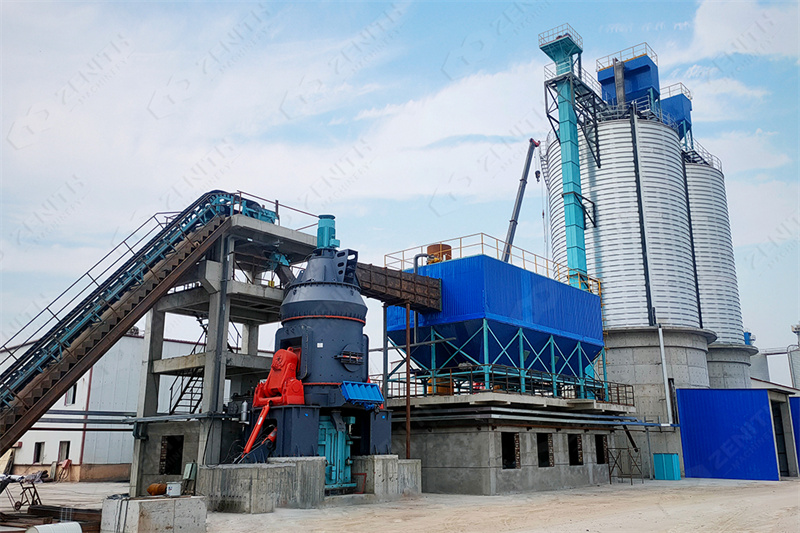
4. Advanced Monitoring Technologies
ZENITH’s smart mill systems incorporate:
- Embedded wear sensors that provide real-time liner thickness data
- Vibration analysis to detect uneven wear patterns
- Machine learning algorithms that predict remaining service life based on operational data
Conclusion
Proper mill liner selection and maintenance strategy can improve grinding efficiency by 15-25% while reducing maintenance costs. ZENITH’s engineered solutions combine advanced materials with intelligent monitoring to optimize your grinding operations. Our global service network ensures technical support is always available, from initial liner selection through the entire equipment lifecycle.


